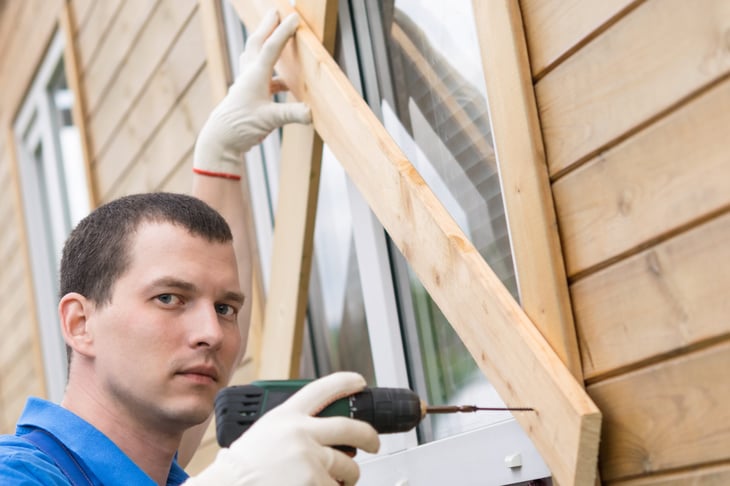
Editor’s Note: This story originally appeared on The Penny Hoarder.
Winter storms, rain and snow have pummeled California and parts of the Northeast recently. The storms have brought intense flooding and widespread power outages, and it doesn’t appear that the weather conditions will ease up anytime soon.
If there’s a storm headed your way, you’ll want to ensure that your home is ready to stand up to Mother Nature.
Storm-proofing your home doesn’t always have to cost a fortune. We’ll show you how you can protect your home and property on the cheap. Here are 19 free or cheap ways to stormproof your home.
1. Protect Your Home With Insurance

OK, so home insurance isn’t necessarily cheap, but it’s a powerful way to protect yourself from expensive losses in the future.
Be sure to check out our roundup of the best homeowners insurance.
Keep regularly updated photos of your property so that, if needed, you can show proof of damaged possessions for claims.
2. Know Your Home’s Risk for Flooding
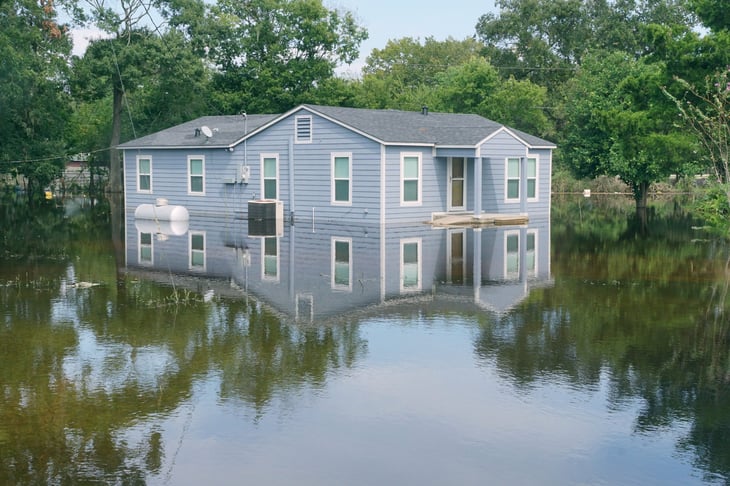
The best offense is a good defense. That statement rings true for protecting your home against storms and flooding.
The best way to get started is to assess your home’s risk for flooding in the event of heavy rains, hurricanes and other natural disasters.
We recommend visiting the Federal Emergency Management Agency’s Know Your Risk webpage to learn more about your property.
3. Store Unsecured Outdoor Items

If a storm is on the way, especially one with high winds, you’ll want to ensure that any outdoor items are secured and out of the open.
Patio items, such as chairs, umbrellas, potted plants and decorative statues, can become dangerous projectiles in windy weather. Before an approaching storm arrives, bring inside any items that may pose a threat or tie them down securely.
4. Cut Down and Remove Tree Branches
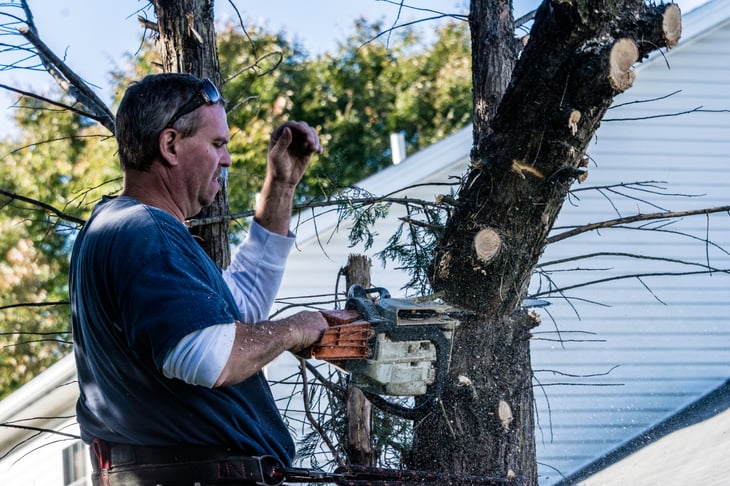
We all know that trees can become dangerous in high winds. One way to protect your property from damage caused by trees is to cut down loose or weak branches before stormy weather.
We aren’t talking about calling an expensive landscaping company; grab your yard trimmers and go for a walk around your property, cutting down any tree branches that may be sagging or broken.
This preventative step can stop trees from wreaking havoc on your property.
5. Caulk Cracks in Your Foundation
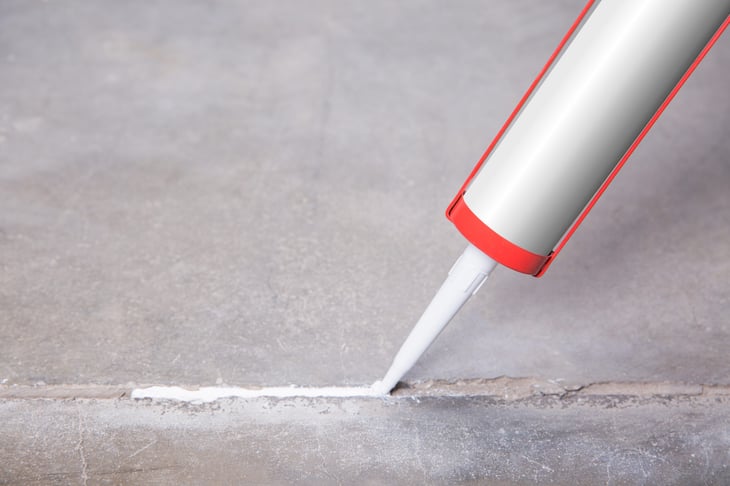
Help prevent your basement from flooding by caulking visible cracks in your foundation. Caulk is inexpensive to seal joints and cracks; you can pick it up from any hardware store.
Grab a cheap tube of caulk and head to the basement, filling in any gaps you see along the perimeter walls.
This can prevent water from entering your basement and damaging your home’s structure or personal possessions.
6. Install a Sump Pump in Your Basement
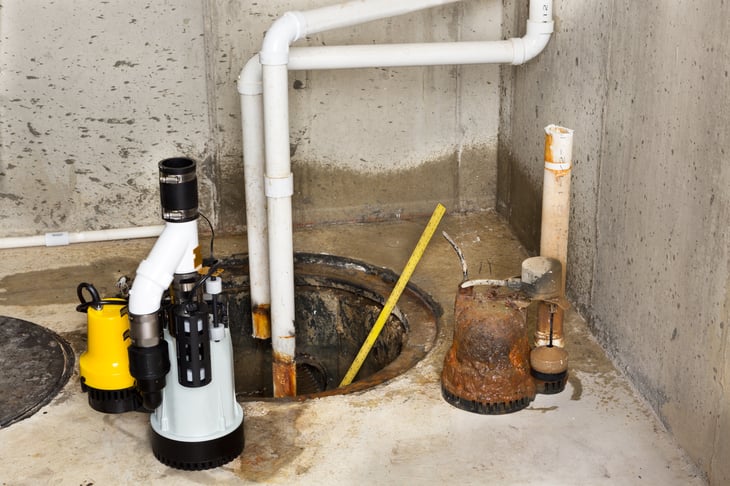
While a sump pump may sound expensive, you can find relatively cheap ones, some under $50, for your basement.
A sump pump can pump water out of one location and into another. Sump pumps work well in basements, pumping out any water that may leak in during a rainstorm.
While pumps are not a preventative measure, they are a powerful tool in fighting against flooding.
7. Raise Condensers, Heat Pumps and Other Equipment
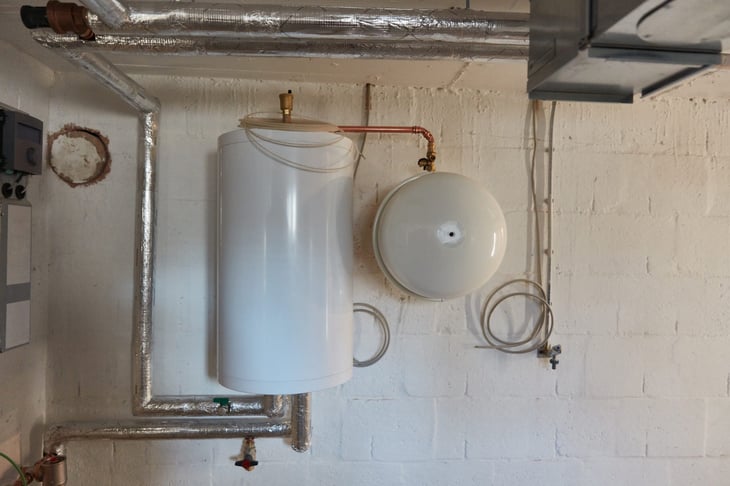
Many of us store vital home utilities, such as condensers, heat pumps and water meters, in our basements. Be sure to raise such equipment a few feet off the ground to prevent damage to them in the event of flooding.
There are plenty of free and cheap DIY methods for raising such items, and we highly recommend doing so as soon as possible.
If your basement ever floods, you’ll have a strong line of defense against damage.
8. Build Up Sunken Areas and Channel Water Away
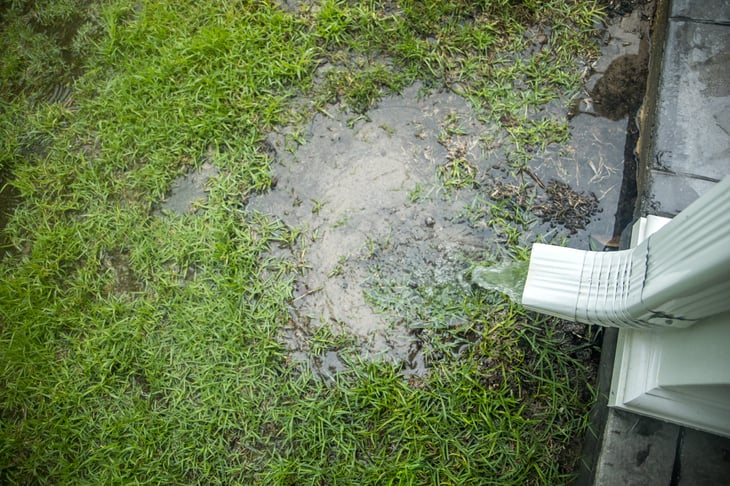
Grab a shovel and start digging.
One free DIY method for preventing storm damage is to ensure that any sunken areas on your property are leveled and that you take the time to dig depressions that will channel water away from your home.
You’ll need a bit of elbow grease to get this chore done, but it can help to ensure water flows away from your home rather than toward it.
9. Install a Rain Barrel for Your Gutters
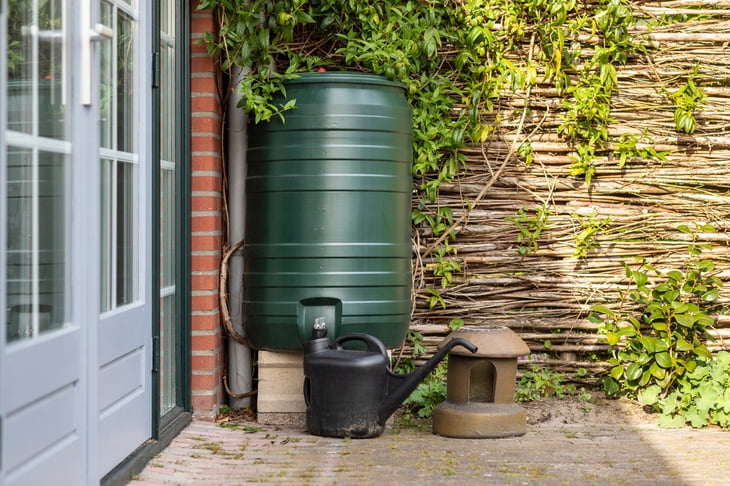
Installing rain barrels at your gutters’ exit points is a great way to conserve water for your garden and provides a spot for rainwater to accumulate. Any water that is caught within a rain barrel is water that isn’t puddling around your property.
Rain barrels can be made from various everyday home items, such as outdoor trash bins, or you can pick up a rain barrel from a local hardware store.
10. Wrap Towels Around Your Home’s Pipes

When temperatures drop, you must ensure your home’s pipes don’t freeze; otherwise, they may burst and cause water damage.
While hardware stores offer special foam insulation for such prevention, another option is to wrap your pipes with towels.
If you don’t have time to run to the store before a significant winter storm, wrapping pipes with towels in cold areas of your home, such as the basement, can go a long way toward preventing damage.
11. Clean Your Gutters and Drains
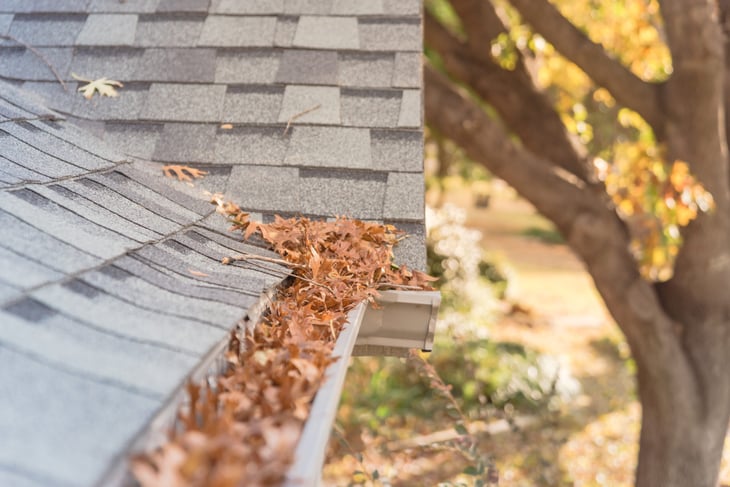
Keeping your home’s gutters clean is critical to preventing flooding and damage.
During heavy rains, gutters collect water from your roof and help to move it away from your home. If your gutters are clogged, water will spill over, dumping onto the perimeter of your foundation, which may lead to flooding, and under the edges of your roof.
Additionally, if your gutters are not cleaned, excess weight from leaves and dirt may cause the gutters to break.
12. Create Sandbags to Protect Against Flooding
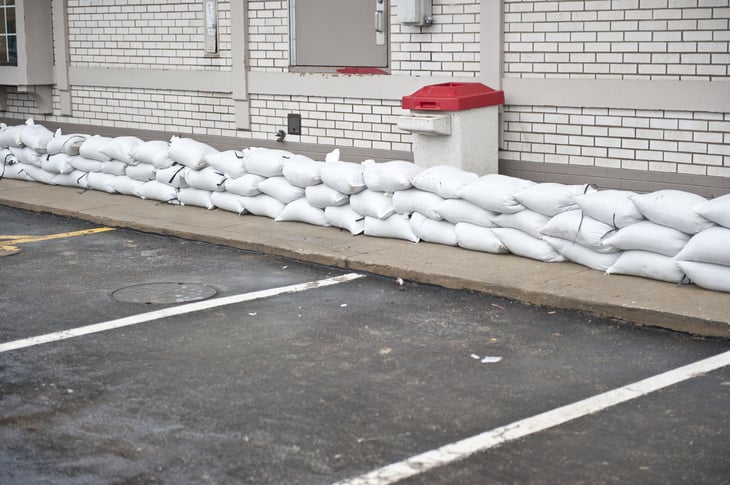
There are various expensive products on the market to help prevent floodwaters from reaching your home, but one good old-fashioned solution is to use sandbags.
Before an imminent storm, you can place bags of sand in front of vulnerable areas, such as doors and basement windows.
You can purchase sandbags for a relatively low price, or you can see if a local construction company is giving away excess sand that you can then place into sturdy bags.
13. Opt for Natural Green Spaces Instead of Concrete

When it comes time to craft new spaces around your property, opt for natural green spaces rather than using materials such as concrete and asphalt. Green spaces help to absorb water rather than create runoff, which may flood your property.
Use a pickax or rent a cheap jackhammer to remove existing concrete or asphalt spaces and convert them into green, environmentally friendly areas.
14. Install Inexpensive Backflow Valves

This tip depends heavily on how handy you are around the home when it comes to plumbing.
Backflow valves can be fitted to your existing plumbing, allowing water to flow only in a single direction. If you have the skills, you can install these cheap valves on any plumbing that usually allows water to flow out of the home.
Installing such valves can prevent flooding from backing up the system and pushing water into your home through sinks, bathtubs and toilets.
15. Install a Cheap Flood Alert Sensor
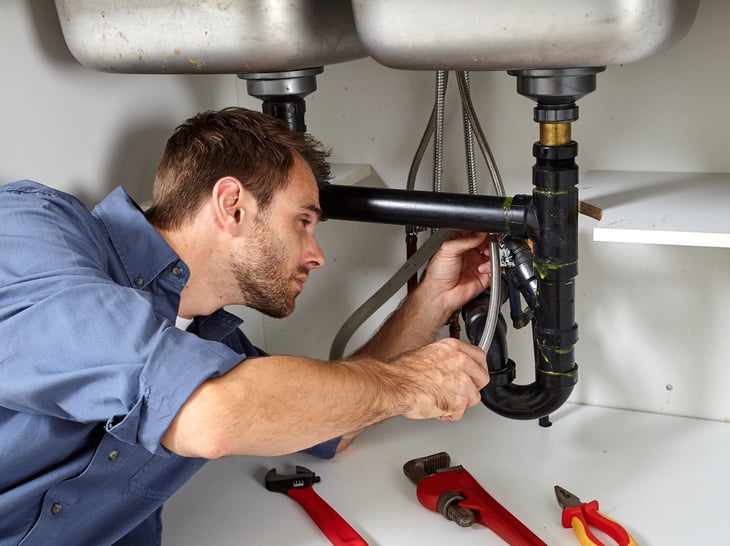
Flooding isn’t only caused by excess rain. You can experience flooding in your home due to a burst pipe or a clogged drain.
Flood sensors are cheap electronic devices that can be placed under sinks and boilers or in flood-prone areas of your basement. If water is detected, these sensors will alert you to an issue before the water can cause excessive damage.
Flood alert sensors are relatively cheap and can prevent hundreds or thousands of dollars in damage.
16. Prepare for Electrical Storms
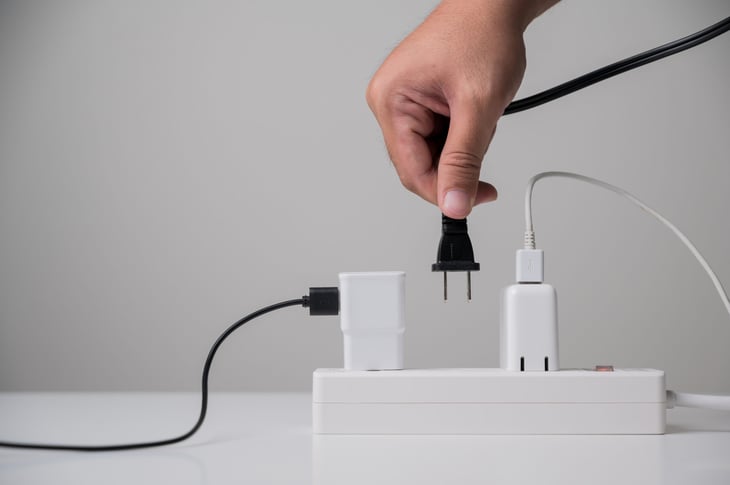
Some people tend to brush off electrical storm warnings, but they can be dangerous and cause extreme damage to your home and its electric devices.
Before a significant electrical storm, unplug your devices to prevent damage — simply turning them off is not enough. If you will be away from your property, turn off your electricity at the breaker.
Keep expensive electronics on surge protectors year-round.
17. Board Up Your Windows With Plywood
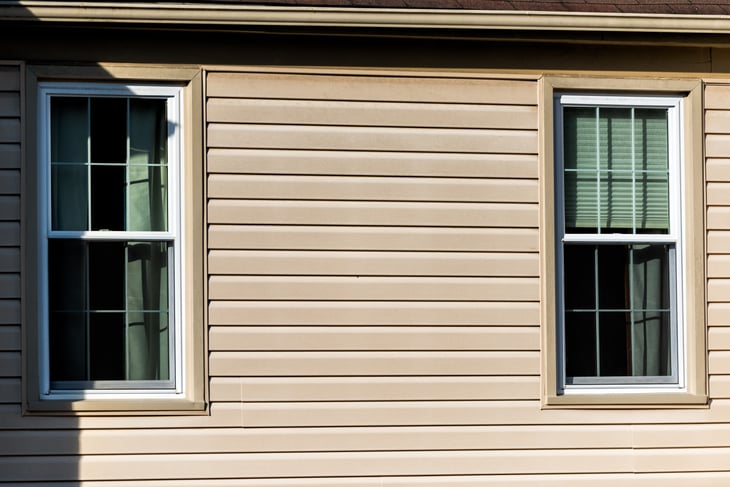
If a hurricane is headed your way, you’ll want to do all you can to prevent damage. Storm shutters are a great way to protect windows, but they can be expensive.
A cheaper alternative to storm shutters is to affix plywood around your windows. You can pick up plywood from a local lumber yard.
To find the most affordable plywood, ask your lumbar yard if it has scrap wood from other projects — you may be able to pick up this wood at a steep discount.
18. Secure Heavy Mirrors and Pictures

If a windstorm is making your home rattle, take down or secure any heavy mirrors or pictures. Rattling can cause heavy items to fall from your walls, potentially causing damage to the objects and anyone nearby.
When hanging mirrors and pictures, drill directly into studs or use the proper anchors, which you can pick up from your local hardware store for less than a dollar.
19. Download Free News and Weather Apps

Lastly, knowledge is power. Download free news and weather apps from Apple’s App Store for iOS devices or the Google Play Store for Android devices.
We recommend you download an app devoted to weather, such as the Weather Channel app, to see what is headed your way. Local news apps are also a great way to get a better idea of what is happening in your immediate area with tips on planning for storms.
